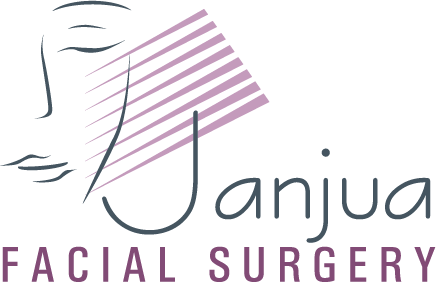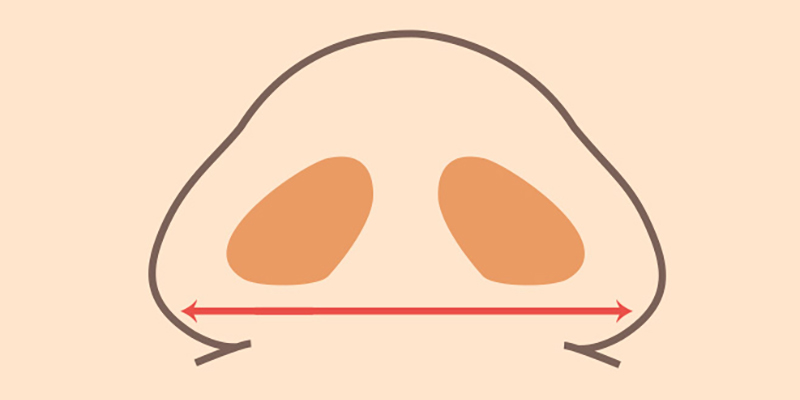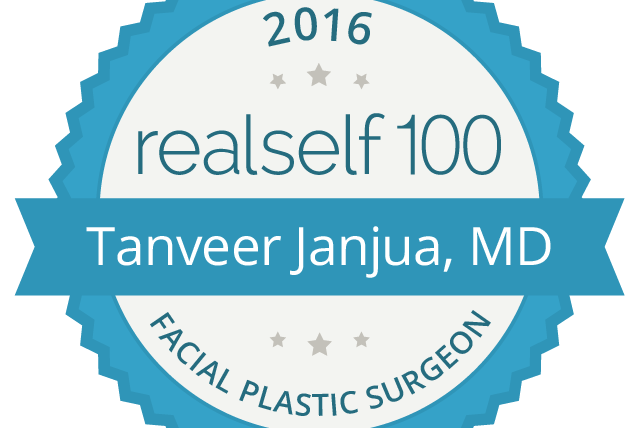Alarplasty is a unique surgical procedure with its own set of challenges. While the results can be very rewarding, there are certain aspects of the surgery that both patients—and even some surgeons—may not be fully familiar with. It’s crucial for us, as surgeons, to clearly communicate these details so patients better understand the procedure and feel confident going into surgery.
These are insights I’ve gathered over the last 20 years of performing alarplasty. They’ve taught me valuable lessons, and I want to share them here.
I like using mnemonics—it helped me get through medical school, and I still use them today to keep important points top of mind. So I created one for the key considerations of alarplasty: BINNSS. Think of it like the bins at home—we sort different things into them, and in the same way, these are the “bins” we need to sort through when thinking about alarplasty.
BINNSS
- Breathing
- Irreversibility
- Nasolabial groove
- Nostril height
- Scarring
- Symmetry
BREATHING
Nasal breathing depends on both the internal nasal passages and the size of the nostrils. When we reduce the nostril circumference during alarplasty, it can reduce the amount of air entering the nose at any given time.
In most cases, this change is minimal and goes unnoticed. However, if someone already has significant nasal obstruction, even a small reduction can make a noticeable difference. That’s why it’s essential to discuss this with the patient ahead of time and set expectations clearly. In some cases, it might mean reconsidering or modifying the approach.
IRREVERSIBILITY
This is perhaps the single most important point to emphasize: alarplasty is irreversible.
Once nostril tissue is removed, it cannot be put back. Attempts to use grafts (like from the ear) to restore lost tissue often fail or result in significant scarring. Patients must understand that they are making a permanent change and need to be fully informed of that fact.
I always recommend a conservative approach. It’s much easier to remove a bit more tissue later than to reverse an overly aggressive reduction. When in doubt, I err on the side of doing slightly less.
NASOLABIAL GROOVE
The nasolabial groove—also called the smile line—runs from the side of the nose to the corner of the mouth. The upper part of this groove is partially hidden under the nostril.
After alarplasty, especially when the incision is placed near the cheek-nostril junction, the upper part of the nasolabial groove can become more visible post-op. While this typically doesn’t affect facial aesthetics, some patients may notice it and feel self-conscious. Most won’t mind, but a few may prefer to avoid it—again, a good topic to bring up during pre-op consultations.
NOSTRIL HEIGHT
Each nostril has a vertical dimension that can be seen clearly from the front. Sometimes, one nostril sits higher than the other due to congenital differences, prior trauma, or surgery. More commonly, it’s due to asymmetrical facial muscle activity—one side pulling slightly more than the other.
Alarplasty cannot fix this type of asymmetry because it’s dynamic, not structural. It’s important that patients understand this, so they don’t expect the procedure to correct something it can’t.
SCARRING
The body heals wounds by forming new collagen, which is different from the original—it’s more fibrous, and that leads to scarring. Even the best surgical incisions will leave behind some evidence.
Our goal is to minimize the appearance of scars. Skin type plays a big role in scar formation: thick, oily skin with many sebaceous glands tends to scar more than thin, dry skin. The nostrils (ala) have thicker, oilier skin, making scars in this area more noticeable than those on other parts of the nose or face.
We educate our patients about this preoperatively (see the video on YouTube: “Alarplasty Preop Care”) and also provide specific aftercare instructions (see: “Alarplasty Postop Care”) to help minimize scarring. If scars do become noticeable, treatments like microneedling and laser therapy can help improve their appearance.
SYMMETRY
Most people don’t realize that our faces develop as two halves during embryogenesis that fuse in the middle. This naturally leads to small asymmetries—including the nostrils.
Before surgery, patients often don’t notice these minor differences. But after surgery, they may become more aware of them. That’s why it’s essential to point out any asymmetry preoperatively and explain that alarplasty can’t guarantee perfect symmetry. In fact, attempts to make both nostrils perfectly symmetric can sometimes make things worse.
Final Thoughts
These key considerations—breathing, irreversibility, nasolabial groove, nostril height, scarring, and symmetry—can help set the right expectations for the patient and serve as a guide for younger surgeons to avoid common pitfalls. Alarplasty is a small but powerful procedure, and like all good surgery, success starts with thoughtful planning and honest communication.
For more information on nostril reduction surgery or to schedule an appointment, contact us toll-free at 877-JANJUA1.
Our location in Bedminister, NJ is within a convenient distance from Morris, Hunterdon, Somerset County, New Jersey, and Philadelphia and New York.




